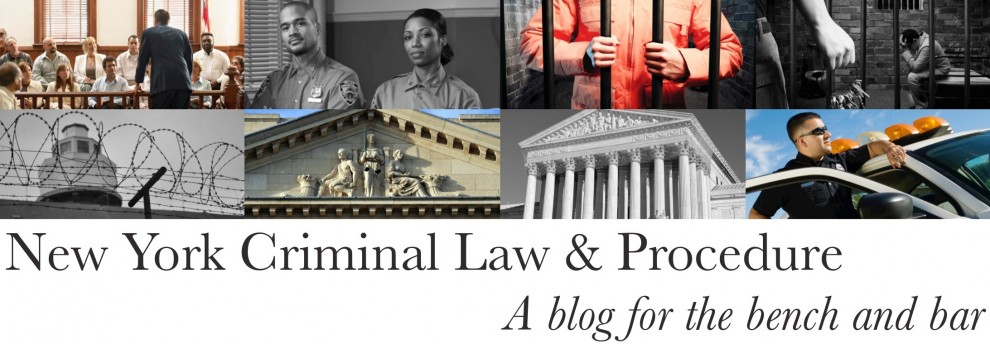In People v. Holz (4th Dept. 12/21/2018), the Fourth Department refused to review a suppression ruling of the lower court on a count in an indictment that did not have a final judgment, when the defendant had pleaded guilty to a related count in the same indictment.
At the trial level, the defendant was convicted of Burglary 2°. The indictment was for 2 different burglary incidents, on October 1, 2014 and October 3, 2014, and the defendant pleaded guilty to the October 1 incident, satisfying the both counts of the indictment. At the appellate level, the defendant was seeking suppression of jewelry recovered from a police stop that took place on October 3. The defendant did not plead guilty, nor was he convicted of the October 3 burglary.
The Court’s inability to do anything regarding the defendant’s contention is rooted in the limited nature of appellate jurisdiction. The majority cited a First Department case for the contention that “the judgment of conviction on appeal did not ensue from the denial of the motion to suppress, and the latter is, therefore, not reviewable” pursuant to CPL 710.70 (2). The issue the Court was faced with is not whether the lack of suppression is harmless, but whether the Court has jurisdiction to review the ruling at all.
The majority followed the precedents of its three sister departments in holding that a defendant may not plead guilty to one count of an indictment and then appeal the denial of a suppression motion of another count in which no judgement was rendered but was covered by the plea.
Presiding Justice Whalen dissented, because he found that the majority adopted too strict of an interpretation of CPL 710.70 (2). He noted that the defendants conviction did follow as a consequence or result of the suppression, and therefore, the majority ignored the plain meaning of the statutory language. (JC/LC)


